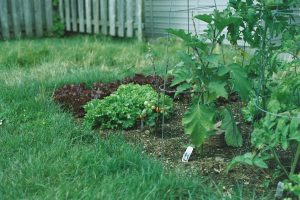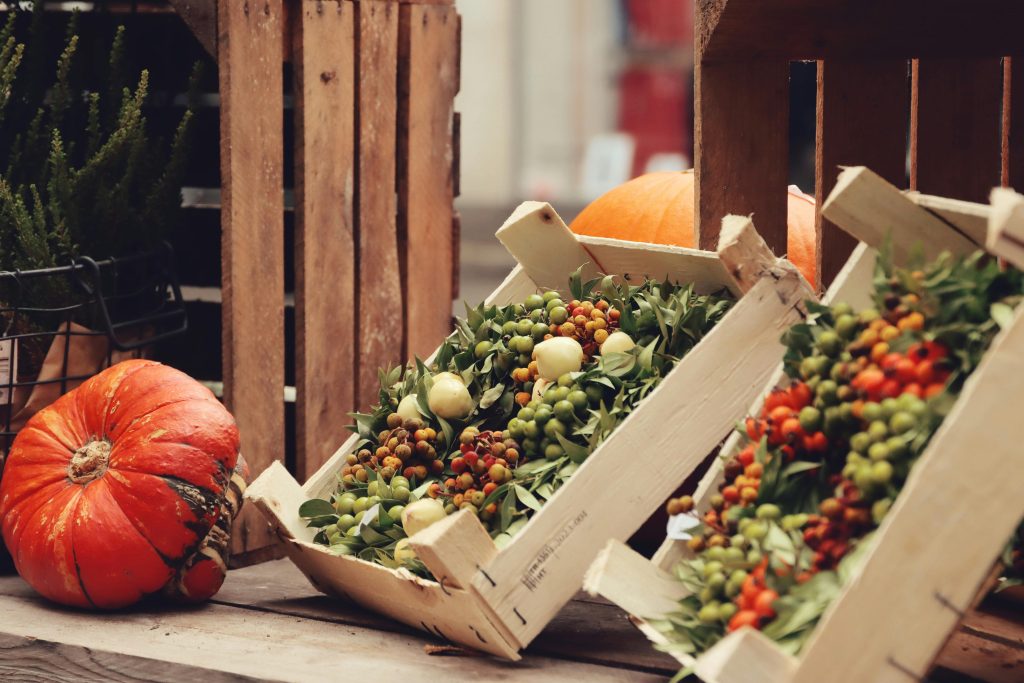
Potash in Orchards: Preparing Trees for Winter Dormancy
Orchards are long-term investments. Whether you manage apples, pears, peaches, plums, or cherries, the productivity and profitability of fruit trees depend on how well they

October is a transitional month for landscapes. Lawns, shrubs, and ornamental plants are shifting from the high growth of summer into the preparation phase for winter. Landscapers and property owners alike know that fall is the season when the right care determines how healthy and colorful landscapes will look in the spring. Among the many tools available, potash stands out as one of the most effective ways to enhance fall landscapes.
Potash, the common name for potassium chloride, supplies potassium, the third key nutrient in the N-P-K fertilizer ratio. While nitrogen gets much of the attention for driving top growth and phosphorus is prized for flowering and root development, potassium is often overlooked. Yet potassium is essential for resilience, stress tolerance, and, importantly for landscapers, vibrant color. Applying potash in October ensures lawns and ornamentals hold their color longer and emerge healthier once the cold months pass.
At Supply Solutions LLC, muriate of potash (0-0-60) is available as a reliable source of potassium that works across farming, landscaping, and gardening. For landscapers looking to keep customer properties attractive through the fall and ready for spring, potash is a powerful option.
Potassium plays a central role in plant physiology that directly affects how landscapes look and perform.
When landscapes lack potassium, the results are often subtle but damaging: yellowing leaves, weaker roots, and faded color. By applying potash in October, landscapers correct deficiencies and improve resilience.
October is one of the best months to apply potash for landscapes.
Applying in October ensures plants enter winter healthier and better prepared to thrive in spring.
Landscapers are judged by the quality of their work, and client satisfaction often depends on how lawns and gardens look in the fall and rebound in spring. Potash delivers advantages that landscapers can showcase.
For landscapers managing multiple client properties, potash is a simple addition that delivers visible results.
While professional landscapers see potash as a service upgrade, homeowners and gardeners can also benefit directly.
Gardeners often focus on nitrogen when fertilizing, but potassium is equally important. Fall is the time to restore balance.
Applying potash correctly ensures maximum benefits without waste.
By applying carefully, landscapers and gardeners avoid waste and maximize benefits.
Some worry about the chloride in muriate of potash. While certain crops such as potatoes or grapes are sensitive to chloride, turfgrass and most landscape ornamentals tolerate it well. For sensitive plants, alternative potassium sources can be used, but for lawns and general landscapes, muriate of potash is effective and economical.
Another concern is over-application. Too much potassium can interfere with magnesium or calcium uptake. This is why soil testing is important. Applying only what is needed ensures balanced nutrition.
At Supply Solutions LLC, muriate of potash (0-0-60) is sourced for consistency and performance. Landscapers and gardeners can rely on this product to deliver the potassium landscapes need in a form that is cost-effective and easy to apply.
By providing not just fertilizer but also expertise, Supply Solutions LLC helps clients get the most out of their investment. Whether managing residential lawns, commercial properties, or ornamental beds, the right products and knowledge make the difference.
Fall landscapes are about more than surviving the cold. They are about maintaining beauty, color, and vitality even as the season winds down. Potash provides the boost plants need to hold color longer, strengthen roots, and prepare for spring. For landscapers, it is a visible upgrade in service quality. For homeowners and gardeners, it is the difference between dull, fading landscapes and vibrant, resilient ones.
For muriate of potash and other trusted fertilizers, visit Supply Solutions LLC. Reach us through our contact form, message us on Facebook, call 503-451-1622, or email sales@mysolutionssupply.com to learn how potash can transform your landscapes this fall.

Orchards are long-term investments. Whether you manage apples, pears, peaches, plums, or cherries, the productivity and profitability of fruit trees depend on how well they
Every successful vegetable garden begins with healthy soil. Fertile soil is not only about nutrients but also about structure, drainage, and the ability to support
Give us a call or visit our store, and we’ll help you find the right solution for your business.
© Supply Solutions LLC 2025